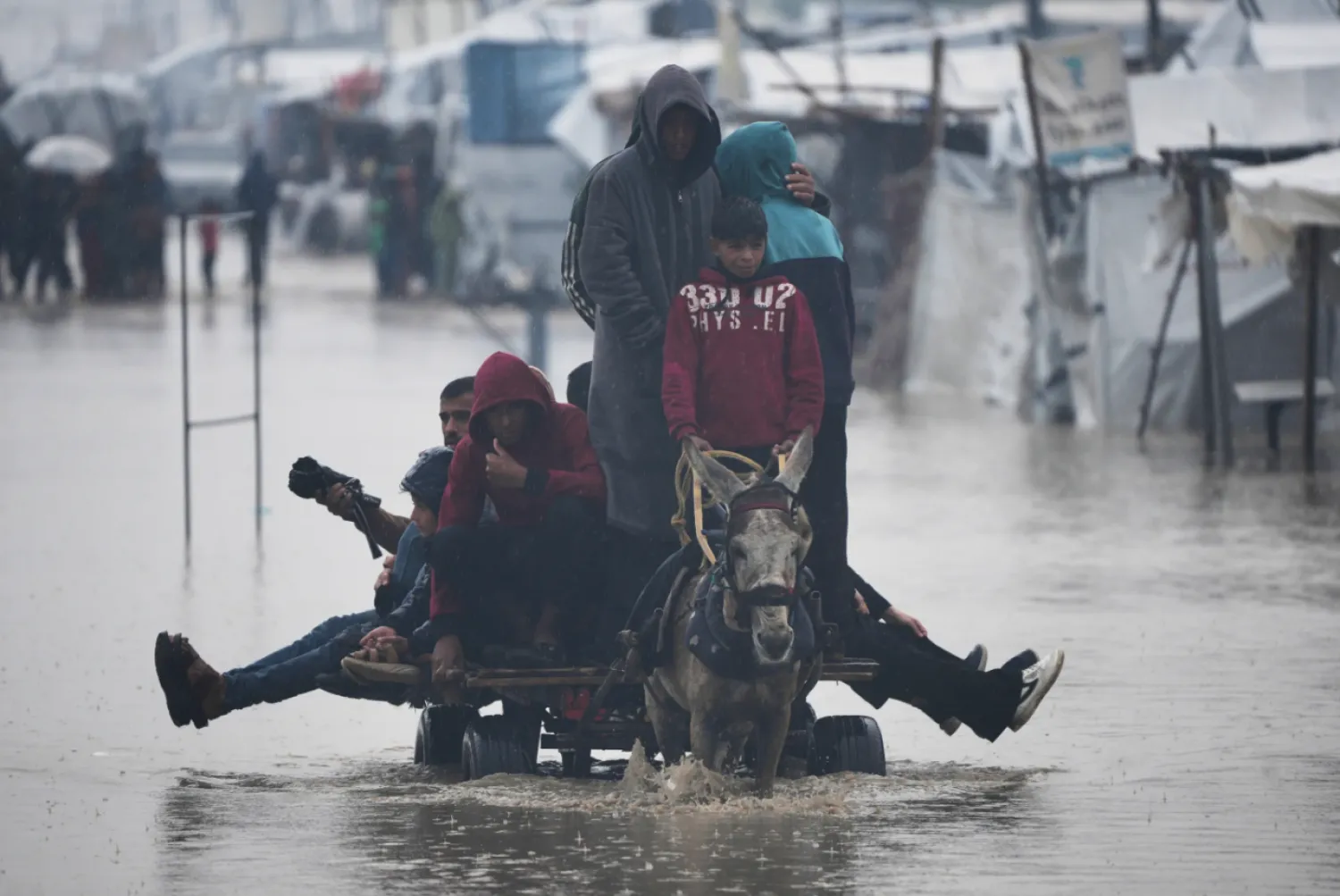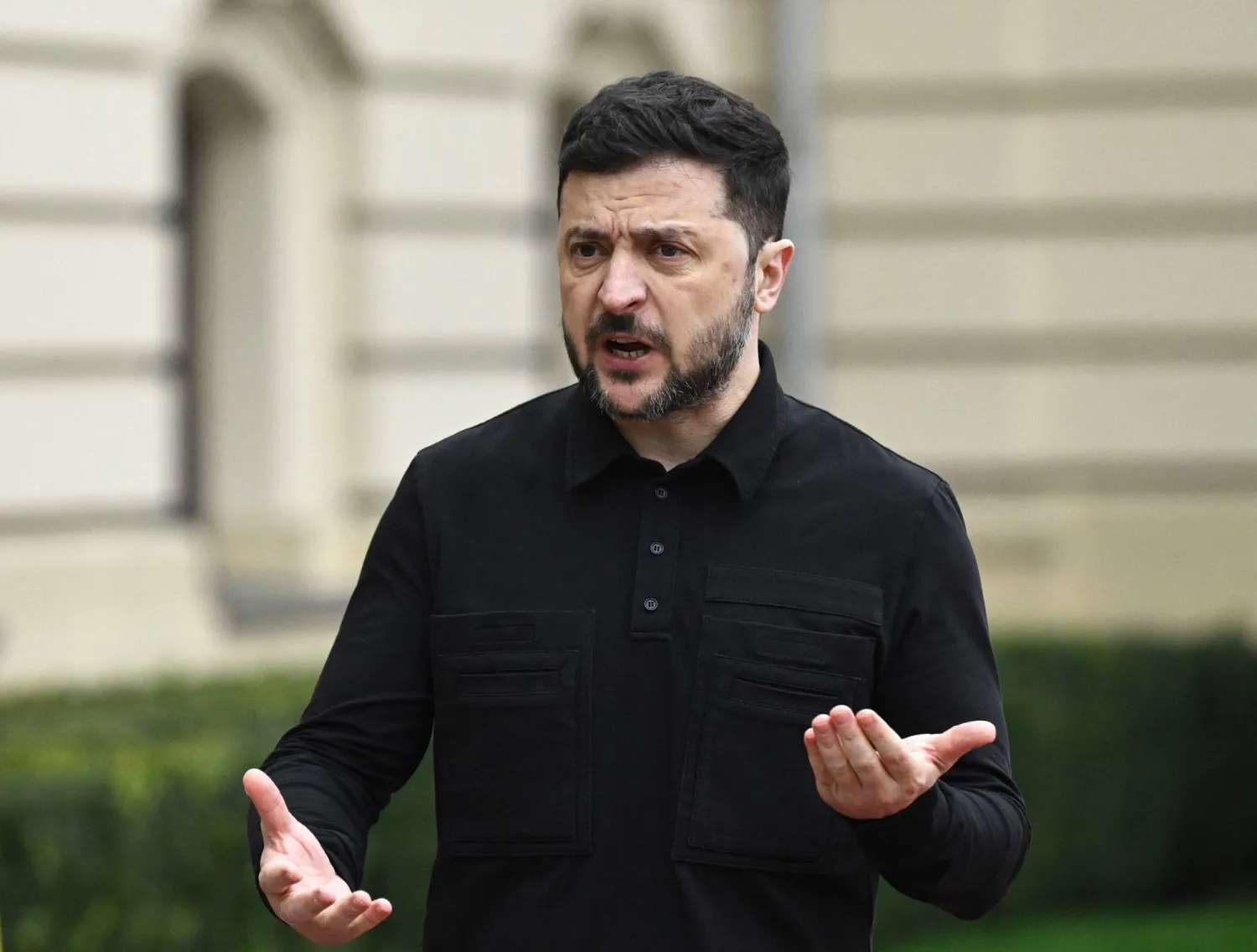The Russian-sponsored Syrian-Turkish military meeting that was held in Moscow on Wednesday is the latest effort to achieve rapprochement between Ankara and Damascus.
It will likely culminate in a “gift” to Turkish President Recep Tayyip Erdogan from his Russian counterpart Vladimir Putin: a meeting with Syrian President Bashar al-Assad ahead of Turkish elections in 2023.
However, are the normalization efforts serious or simply cosmetic?
Background
Relations between Ankara and Damascus shifted in summer 2011, months after the eruption of the Syrian anti-regime protests. Türkiye became a safe haven and supporter of the opposition against Damascus.
Syria transformed into an arena of violence, chaos and division. It also became a backer of the Kurdish People’s Protection Units (YPG) that is opposed to Ankara.
Russia intervened in the conflict in the regime’s favor in 2015. Soon, it had troops deployed in Syria, effectively becoming Türkiye’s neighbor. Ankara would then discover the extent of NATO’s support to it, forcing it to cooperate with Moscow to impose a new reality in Syria.
A year later, Türkiye would prioritize preventing the formation of a Kurdish entity on its southern borders. It therefore reached a series of settlements and agreements with Russia that put an end to Kurdish ambitions. It succeeded in gaining control of pockets of regions in Syria, estimated at over 20,000 square kilometers, roughly twice the size of Lebanon.
Putin pushed for rapprochement between Erdogan and Assad with the launch of the Astana talks between Russia, Iran and Türkiye in 2017 and the development of the “hostile cooperation” between Ankara and Moscow.
In early 2020, Moscow succeeded in hosting an open meeting between Syria’s national security chief Ali Mamlouk and Turkish intelligence chief Hakan Fidan. Mamlouk demanded that Türkiye pull out from Syrian regions and reopen the Aleppo-Latakia highway. Fidan wanted deeper cooperation against the YPG.
Putin succeeded in bringing them together, but failed in reaching a major breakthrough.
New attempt
Erdogan has repeatedly been threatening to wage a new military offensive in Syria. He also has his eyes set on the upcoming elections and growing Turkish opposition to Syrian refugees in Türkiye. Notably, Türkiye and Russia have seen their cooperation deepen in wake of the war on Ukraine.
With all of the above, Putin has been paving the way for a meeting between Erdogan and Assad before the summer.
The first step he took was have a secret meeting take place between Mamlouk and Fidan in Moscow in July 2022.
The Syrian official demanded that his country’s sovereignty be respected. He demanded a timetable for Türkiye’s withdrawal from Syrian regions and called on it to cease its support to opposition factions and “terrorists”. He urged Türkiye to reopen the Aleppo-Latakia and Bab al-Hawa-Idlib highways, to take measures against western sanctions and back Syria’s reconstruction.
For his part, Fidan demanded cooperation with Damascus against the YPG and Kurdistan Workers Party (PKK). He demanded the establishment of a security zone that excludes these groups 23 kilometers deep into Syria and the establishment of safe zones that can take in a million returning refugees. He also urged cooperation in the Constitutional Committee and resolving the Syrian crisis through United Nations Security Council resolution 2254.
Mamlouk and Fidan failed to reach an agreement and the meeting ended without a breakthrough.
Normalization or not?
In recent months Erdogan wasn’t wondering whether he will meet with Assad or not, but rather when he will meet him. He has repeatedly declared that he is ready to meet with him, listing various reasons, such as resolving differences with the majority of countries in the region before the Turkish elections.
Assad, however, is in no rush to hold a meeting that would favor his rival, whose country he views as an occupying nation.
As Türkiye and Russia intensify their cooperation in Ukraine, the Turkish elections draw near and the Syrian economic crisis deepens, Putin has pushed more and more for normalization and for a meeting to be held between him, Erdogan and Assad. The meeting would be seen as a gift to his “frenemy” and a boost for him to win the elections.
To that end, Russia has proposed holding a series of meetings that include tripartite security talks, meetings between the ministers of defense attended by intelligence officials, and a meeting between the Russian, Turkish and Syrian foreign ministers that will be capped by a summit between Putin, Erdogan and Assad.
Russia is trying to offer magical remedies to bridge the divide between Türkiye and Syria. It is offering a series of military, security and political meetings, as well as amendments to the 1998 Adana agreement between Ankara and Damascus that addresses cooperation against the PKK and the possibility of a Turkish incursion 5 kilometers deep into Syria.
The amendments would merge the Adana and 2019 Sochi agreements to include the deployment of Russian-Turkish patrols, the withdrawal of the YPG 30 kilometers away from the Turkish border and the deployment of Syrian border guards along the border with Türkiye.
Politically, Russia is proposing that a joint statement be issued with main clauses that underscore a “commitment to the sovereignty and territorial integrity of Syria”, “rejection of separatist agendas” and return of refugees.
Türkiye is home to some 3.7 million Syrian refugees. The issue has been one of the main headlines of the Turkish presidential and parliamentary elections. Erdogan wants to take away this card from his rivals, which is why he is pursuing rapprochement and agreement with Damascus. Ultimately, however, the return of two million refugees back to their homeland is a hard ask.
Assad wants the withdrawal of thousands of Turkish soldiers from Syria, an end to “occupations” and a halt to military and political support to the Syrian opposition. It would be difficult to envisage an alliance with Ankara against the Kurds and meeting with Erdogan before a step is taken towards fulfilling these demands.
Moscow has set the process of normalization between Damascus and Ankara in motion, with all its security, military and political demands, with the final goal being a summit between Putin, Erdogan and Assad.
Normalization will be the chief pursuit of 2023 with its anticipated impact on normalization between Arab countries and Damascus and how far the US will allow it to go ahead.









